The key projects to be undertaken include Chandrayaan-4, the Venus Orbiter Mission, development of the Bharatiya Antariksha Station, and the subsequent Gaganyaan modules.
The Union Cabinet has recently approved four important space missions, marking a major step forward in India’s space exploration journey. These missions aim to boost India’s position in space research and technology, highlighting the country’s commitment to advancing its space capabilities and playing a key role in global space exploration efforts.
The key projects to be undertaken include Chandrayaan-4, the Venus Orbiter Mission, development of the Bharatiya Antariksha Station, and the subsequent Gaganyaan modules. Each project is beset by its unique set of challenges and rewards. Their success will depend upon advanced technology, skilled expertise and considerable financial support.
1. Chandrayaan-4: Next Step in Moon Mission
Overview
Chandrayaan-4 is set to be a groundbreaking lunar mission for India, focusing on collecting samples from the Moon and returning them to Earth. This mission has a substantial budget of ₹2,104.06 crore and takes forward the success of Chandrayaan-3, which proved India’s capability to land on the Moon.
Main Goals
The primary objective of Chandrayaan-4 is to gather, and analyse, soil and rock samples from the lunar surface that will provide valuable insights into the Moon’s structure and evolution. It will help scientists understand better its formation and the processes—especially the Moon’s composition and geological history—that have given it shape through billions of years.
Challenges
The mission is not without its challenges. A zero-error Moon landing is crucial for ensuring that the spacecraft touches down safely in a pre-determined area. Moon rock samples must be efficiently gathered and their safe return to Earth ensured. These operations will demand a high level of precision and advanced technology to be successfully executed.
Technology
Chandrayaan-4 will take the help of state-of-the art robotics and autonomous systems for the spacecraft to traverse the Moon’s surface and gather samples efficiently. A technologically advanced heat shield will also be critical for protecting the spacecraft from the intense heat generated while it re-enters Earth’s atmosphere.
Human Landings
Chandrayaan-4 is more than just a sample return mission; it is a stepping stone for India’s ambitious goal of landing astronauts on the Moon by 2040. Set to launch in 2027, the project will serve as a test-bed for technologies that are necessary for future Moon missions with human crew.
Five modules working in tandem to gather Moon samples and return them to Earth will be launched in two distinct phases. This feat, earlier achieved by only a handful of countries, including the US and China, will amplify ISRO’s innovative approach to handling complex space operations.
Future Missions
Chandrayaan-4 will be a test-bed for such crucial operations as docking and undocking in the Moon’s orbit, precise landings and ensuring safe re-entry through Earth’s atmosphere. These technologies are vital for future crewed missions and lay the groundwork for India’s eventual human Moon landings.
ISRO Chairman S Somanath stressed that Chandrayaan-4 was not simply about collecting Moon rocks, but also about India’s ability to send humans to the Moon and bring them safely back. This mission will bring India closer to achieving its goal of establishing human presence on the Moon.
2. Venus Orbiter Mission to the Hottest Planet
Overview:
The Venus Orbiter Mission (VOM)—the country’s only other interplanetary mission after the success of the Mars Orbiter Mission launched in 2013 that entered Mars’s orbit in 2014—is set to launch in March 2028 and has a budget of ₹1,236 crore, recently approved by the Union Cabinet.
Main Goals
The VOM will inspect Venus in the minutest detail, concentrating on its surface features and atmosphere, cloud formations, lightning and volcanic activities and the Sun’s interaction with the planet. Scientists are particularly interested in understanding why Venus, once thought to be similar to Earth and, possibly, habitable, underwent a drastic transformation. This mission is expected to clear the mysteries surrounding Venus and its evolution.
Allocation
Out of the total budget of Rs 1,236 crore for the VOM, around Rs 824 crore will be allocated to the development of the spacecraft. ISRO will be in charge of designing and launching the spacecraft, ensuring the project is managed efficiently through its well-established procedures.
Technology
Several industries will have a hand in developing the spacecraft and launch vehicle. This will create substantial employment and positively affect other sectors through technological advancements. Data that the mission collects will be shared with scientists through existing systems. It will also be a stepping stone for India’s future planetary missions with capability of carrying bigger scientific instruments.
Challenges
The Venus mission is highly intriguing, but is expected to be one of the toughest tasks ISRO has ever handled. Venus is an extremely hostile planet, with its atmosphere mostly made up of CO2, resulting in scorching surface temperatures. Due to a strong greenhouse effect, temperatures can soar up to 870°F (470°C)—hot enough to melt lead.
The planet’s surface is dotted with numerous volcanoes, many of which are dormant, although some could still be active. Making things significantly tougher, Venus has an extremely high air pressure on its surface—about 90 times that of the pressure at sea level on Earth.
3A. A Bold Step: Bharatiya Antariksha Station
Overview
India is marching on with its ambitious space exploration plans to build its first space station module. The government has officially approved the construction of the Bharatiya Antariksha Station (BAS-1), which has been subsumed in the extended Gaganyaan project.
India now seems well poised to operate its own space station by 2035. During a recent Cabinet meeting led by Prime Minister Narendra Modi, officials confirmed that plans were in place to develop the first module of BAS-1. An official statement said that missions would be carried out to test and validate technologies required for the construction and operation of BAS-1. It also puts India well on its path to launch a manned Moon mission by 2040
Main Goals
The BAS aims to create India’s very own space station, which will orbit 400 km above Earth’s surface. Weighing 52 tons, this massive structure will act as a research hub where Indian astronauts and scientists can carry out experiments in such areas as microgravity, astronomy and Earth observation. If, and when, the project is successful, astronauts can stay in orbit for periods ranging from 15 days to 20 days.
3B. Gaganyaan Mission Will Include Eight More
Overview
The Gaganyaan project was originally developed for human spaceflight, but has now been extended to include eight separate missions, all with a deadline of December 2028. This extension not only encompasses additional un-crewed missions, but also the launch of the BAS-1 module, besides the hardware needed to support manned space activities over a longer term. The Indian Space Research Organisation (ISRO) will spearhead the project, collaborating with industry partners, educational institutes and several government agencies.
Main Goals
The programme plans to develop, and demonstrate, crucial technologies that are necessary for extended crewed space missions. Four of these are planned under the Gaganyaan project by 2026, followed by the BAS-1 module construction. Another four missions focused on technology demonstration and validation have a deadline of 2028.
Allocation
With the updated scope, the overall budget for the Gaganyaan programme has risen to ₹20,193 crore, with an additional Rs 11,170 crore allocated specifically for the expanded scope.
Technology
The BAS will play a crucial role in taking forward India’s scientific research in microgravity that might create breakthroughs which will benefit various industrial and technological sectors. The project is also projected to create numerous jobs in advanced fields concerned with space and technology.
4. NGLV: Cost-Effective Future Launch Vehicle
Overview
The fourth mission which the Union Cabinet approved is geared towards the development of the Next-Generation Launch Vehicle (NGLV) designed to carry heavier payloads, be cost-effective and reusable, and, overall, commercially successful.
Main Goals
The NGLV will be able to carry three times the payload weight of what the LVM-3 can now bear, but cost only 1½ times as much. Its reusability will lower the cost of accessing space and it will feature modular green propulsion systems. The NGLV will strengthen a variety of space missions, such as crewed spaceflight, Moon exploration and satellite launch, greatly enhancing India’s space programme and overall space ecosystem.
Allocation
A total of Rs 8,240 crore has been approved for the NGLV, covering development costs, three test flights, the set-up of necessary facilities, programme management and launch campaign.
(The author of this article is a Defence, Aerospace & Political Analyst based in Bengaluru. He is also Director of ADD Engineering Components, India, Pvt. Ltd, a subsidiary of ADD Engineering GmbH, Germany. You can reach him at: girishlinganna@gmail.com)
(Disclaimer: The views expressed above are the author's own and do not reflect those of DNA)
![submenu-img]() 'Soye hai sab log': Skipper Rohit Sharma fumes at teammate during 1st India vs Bangladesh Test
'Soye hai sab log': Skipper Rohit Sharma fumes at teammate during 1st India vs Bangladesh Test![submenu-img]() Delhi Capitals confirm Rishabh Pant as their top retention for IPL 2025: Report
Delhi Capitals confirm Rishabh Pant as their top retention for IPL 2025: Report![submenu-img]() Moon and Venus Orbiter Journeys, Space Station, Gaganyaan Mission
Moon and Venus Orbiter Journeys, Space Station, Gaganyaan Mission![submenu-img]() 'So much tension and stress...': Father of EY Employee who died of 'overwork'
'So much tension and stress...': Father of EY Employee who died of 'overwork'![submenu-img]() Watch: Shubman Gill's father gives priceless reaction to his son's exceptional century in Chennai Test
Watch: Shubman Gill's father gives priceless reaction to his son's exceptional century in Chennai Test![submenu-img]() कौन हैं Mukesh Ahlawat, जो बने हैं Atishi कैबिनेट का नया दलित चेहरा, क्या ये Arvind Kejriwal का चुनावी दांव है?
कौन हैं Mukesh Ahlawat, जो बने हैं Atishi कैबिनेट का नया दलित चेहरा, क्या ये Arvind Kejriwal का चुनावी दांव है?![submenu-img]() अगर गलती से खा लिया हो अशुद्ध प्रसाद, इस तरीके से करें प्रायश्चित
अगर गलती से खा लिया हो अशुद्ध प्रसाद, इस तरीके से करें प्रायश्चित![submenu-img]() Patna Flood: पटना की गलियों में घुसी Ganga, हाइवे बन गए नदी, देखें हर तरफ जल सैलाब की तबाही के Photos
Patna Flood: पटना की गलियों में घुसी Ganga, हाइवे बन गए नदी, देखें हर तरफ जल सैलाब की तबाही के Photos![submenu-img]() Indian Railway देगा कर्मचारियों को Diwali Gift, जानिए बोनस में होने जा रही है कितनी बढ़ोतरी
Indian Railway देगा कर्मचारियों को Diwali Gift, जानिए बोनस में होने जा रही है कितनी बढ़ोतरी![submenu-img]() Delhi CM Atishi Oath: दिल्ली की नई CM के रूप में आतिशी ने ली शपथ, केजरीवाल के पैर छूकर लिया आशीर्वाद
Delhi CM Atishi Oath: दिल्ली की नई CM के रूप में आतिशी ने ली शपथ, केजरीवाल के पैर छूकर लिया आशीर्वाद![submenu-img]() Ford to return to India after 2 years with reopening of....
Ford to return to India after 2 years with reopening of....![submenu-img]() Maruti Suzuki launches new Swift CNG, check price, mileage, other features
Maruti Suzuki launches new Swift CNG, check price, mileage, other features![submenu-img]() ‘30 LPA, 3BHK, no in-laws’: Woman earning Rs 1.32 lakh salary lists demands for future husband, netizens say...
‘30 LPA, 3BHK, no in-laws’: Woman earning Rs 1.32 lakh salary lists demands for future husband, netizens say...![submenu-img]() In a big EV push, Centre launches Rs 10900 crore PM E-Drive scheme to replace…
In a big EV push, Centre launches Rs 10900 crore PM E-Drive scheme to replace…![submenu-img]() World’s longest car has helipad, swimming pool, mini-golf course, can seat over…; it cost…
World’s longest car has helipad, swimming pool, mini-golf course, can seat over…; it cost…![submenu-img]() Meet boy, who cleared JEE Advanced with AIR 99, then dropped out of IIT counselling due to...
Meet boy, who cleared JEE Advanced with AIR 99, then dropped out of IIT counselling due to...![submenu-img]() Meet man, IIT graduate who was hired at Rs 100 crore salary but was fired within a year, he is now...
Meet man, IIT graduate who was hired at Rs 100 crore salary but was fired within a year, he is now...![submenu-img]() Meet man who passed JEE Advanced with AIR 1, completed B.Tech from IIT Bombay, is now pursuing…
Meet man who passed JEE Advanced with AIR 1, completed B.Tech from IIT Bombay, is now pursuing…![submenu-img]() Meet man, whose father's death encouraged him to quit IAS job, create multi-crore company, he is...
Meet man, whose father's death encouraged him to quit IAS job, create multi-crore company, he is...![submenu-img]() Meet woman, who scored 97% in class 12, secured 705 out of 720 marks in NEET exam, her AIR is...
Meet woman, who scored 97% in class 12, secured 705 out of 720 marks in NEET exam, her AIR is...![submenu-img]() Congress President Kharge Slams & Opposes 'One Nation, One Election' Proposal, Calls It Impractical
Congress President Kharge Slams & Opposes 'One Nation, One Election' Proposal, Calls It Impractical![submenu-img]() Why 'One Nation One Election' Is important? Ashwini Vaishnaw Explains After It Gets Cabinet Approval
Why 'One Nation One Election' Is important? Ashwini Vaishnaw Explains After It Gets Cabinet Approval![submenu-img]() Jammu Kashmir Assembly Election 2024 Phase 1 Highlights: What Happened In First phase In J&K Polls?
Jammu Kashmir Assembly Election 2024 Phase 1 Highlights: What Happened In First phase In J&K Polls?![submenu-img]() One Nation One Election: Centre Clears Proposal, Bill To Be Introduced In Winter Session | Modi 3.0
One Nation One Election: Centre Clears Proposal, Bill To Be Introduced In Winter Session | Modi 3.0![submenu-img]() Haryana Elections 2024: Is BJP Set To Lose In Haryana? Anti-Incumbency And Other Factors Analysed
Haryana Elections 2024: Is BJP Set To Lose In Haryana? Anti-Incumbency And Other Factors Analysed![submenu-img]() This country once ruled half of the world, now is in 100% debt, here are other developed nations facing similar issue
This country once ruled half of the world, now is in 100% debt, here are other developed nations facing similar issue![submenu-img]() Meet Mukesh Ambani, Ratan Tata's competitor, who runs business worth Rs 70000000000, she is...
Meet Mukesh Ambani, Ratan Tata's competitor, who runs business worth Rs 70000000000, she is...![submenu-img]() Revised LTC rules: Air travel relaxation, new changes in travelling perks for THESE govt employees, check details
Revised LTC rules: Air travel relaxation, new changes in travelling perks for THESE govt employees, check details![submenu-img]() Meet woman, richer than superstar husband who charges Rs 100 crore per film, her net worth is Rs...
Meet woman, richer than superstar husband who charges Rs 100 crore per film, her net worth is Rs...![submenu-img]() Billionaire Mark Cuban says he would buy X 'in a heartbeat', Elon Musk's cheeky response goes viral
Billionaire Mark Cuban says he would buy X 'in a heartbeat', Elon Musk's cheeky response goes viral![submenu-img]() NASA Nebula: 5 mesmerising images of Red Spider, Crab, Orian Nebulae captured by NASA's Hubble Telescope
NASA Nebula: 5 mesmerising images of Red Spider, Crab, Orian Nebulae captured by NASA's Hubble Telescope![submenu-img]() 5 best places to visit in India this October
5 best places to visit in India this October![submenu-img]() This film rejected by Rajesh Khanna made Feroz Khan a superstar, was delayed for a year, superstar had to..
This film rejected by Rajesh Khanna made Feroz Khan a superstar, was delayed for a year, superstar had to..![submenu-img]() Meet Sridevi’s ‘daughter’, one of Pakistan’s highest-paid actresses, who is likely to star opposite Prabhas in...
Meet Sridevi’s ‘daughter’, one of Pakistan’s highest-paid actresses, who is likely to star opposite Prabhas in...![submenu-img]() 7 foods named after Indian cities
7 foods named after Indian cities![submenu-img]() Moon and Venus Orbiter Journeys, Space Station, Gaganyaan Mission
Moon and Venus Orbiter Journeys, Space Station, Gaganyaan Mission![submenu-img]() 'So much tension and stress...': Father of EY Employee who died of 'overwork'
'So much tension and stress...': Father of EY Employee who died of 'overwork'![submenu-img]() 'Stopped road works, medicines, garbage collection....': Delhi CM Atishi hits out at BJP, vows to resume all work
'Stopped road works, medicines, garbage collection....': Delhi CM Atishi hits out at BJP, vows to resume all work![submenu-img]() Tirupati laddu row: Temple trust's big assurance to devotees amid ‘beef tallow’ in prasadam, says 'divinity, purity of..
Tirupati laddu row: Temple trust's big assurance to devotees amid ‘beef tallow’ in prasadam, says 'divinity, purity of..![submenu-img]() 'BJP spreading lies, desperate to...': Rahul Gandhi breaks silence on his Sikh remark in US
'BJP spreading lies, desperate to...': Rahul Gandhi breaks silence on his Sikh remark in US


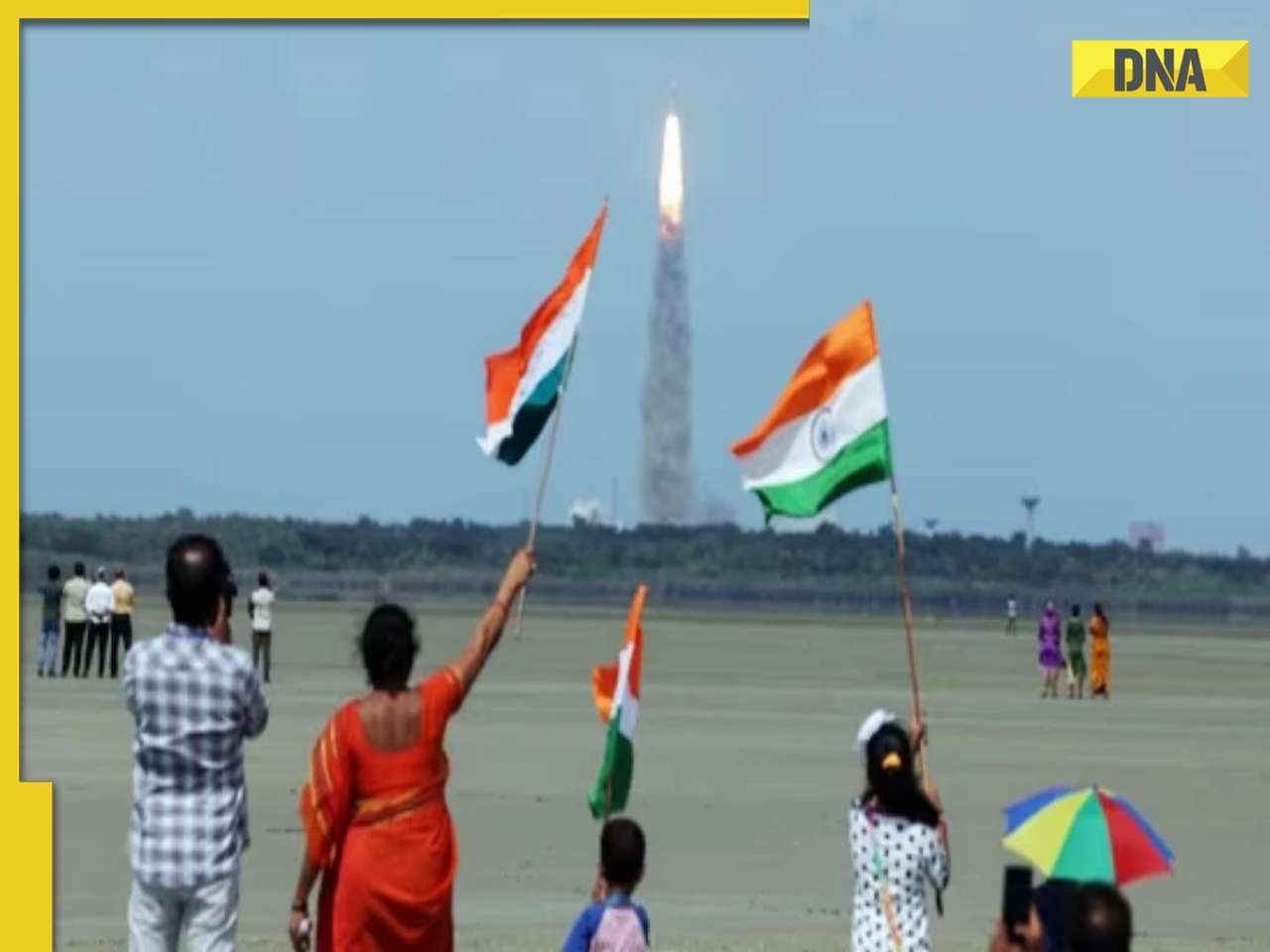


















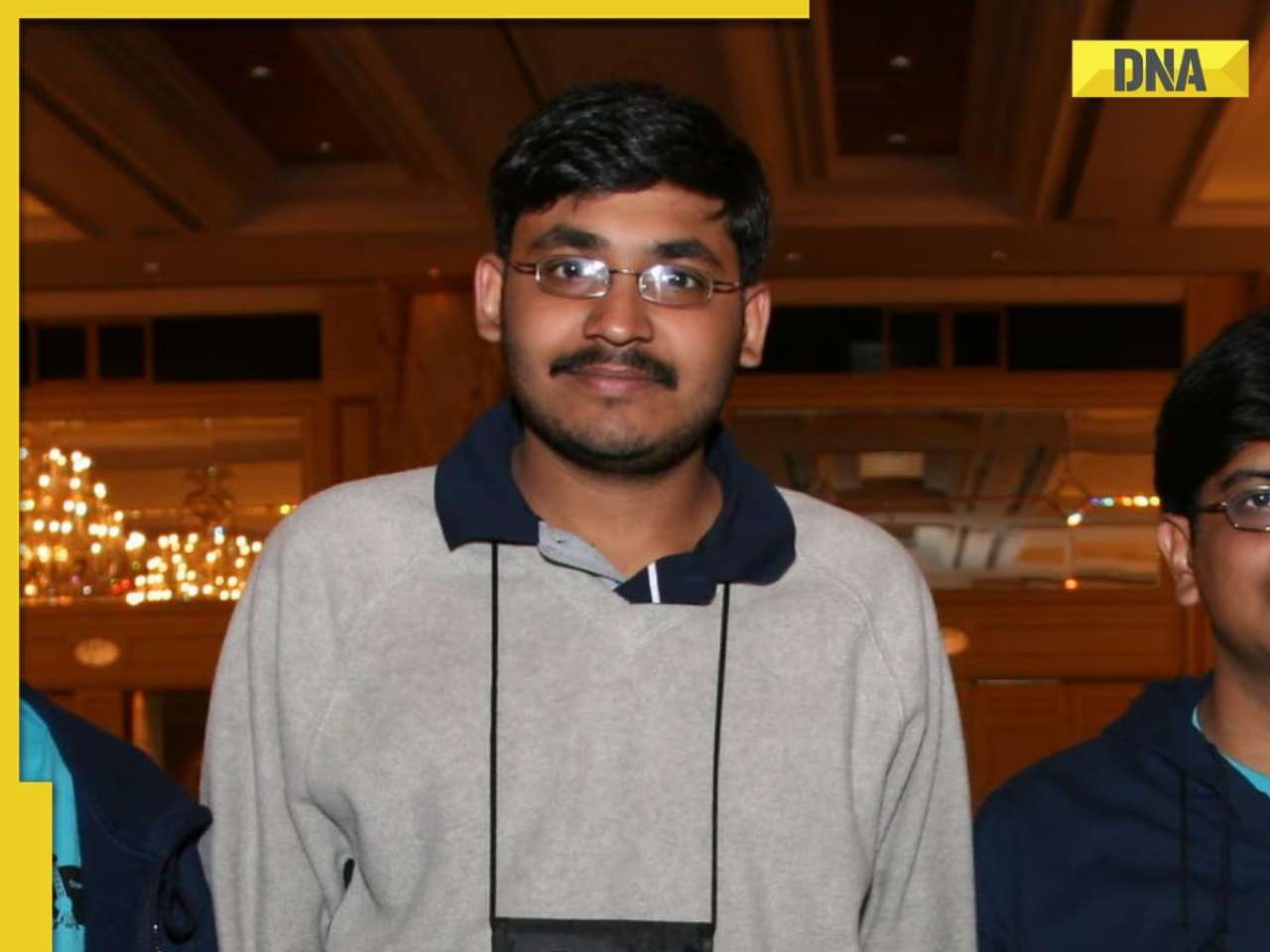

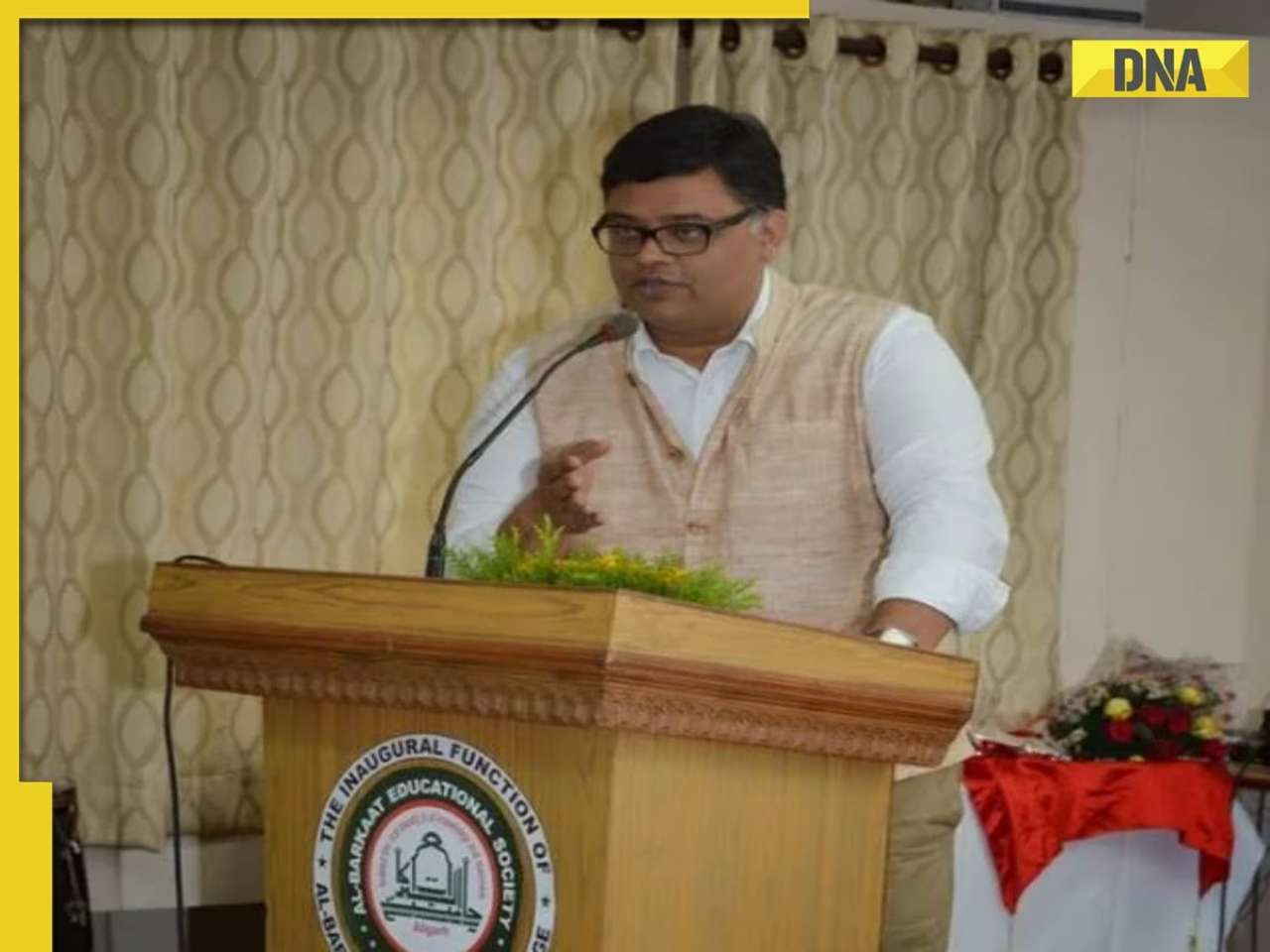


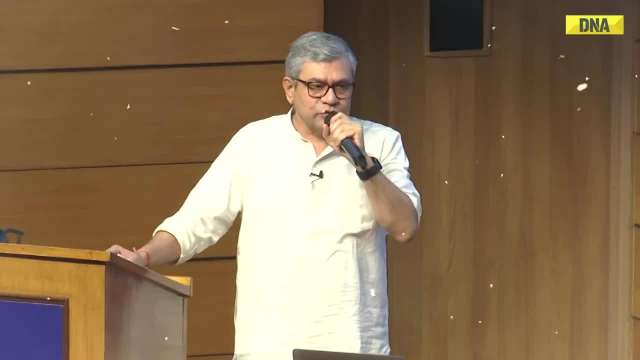













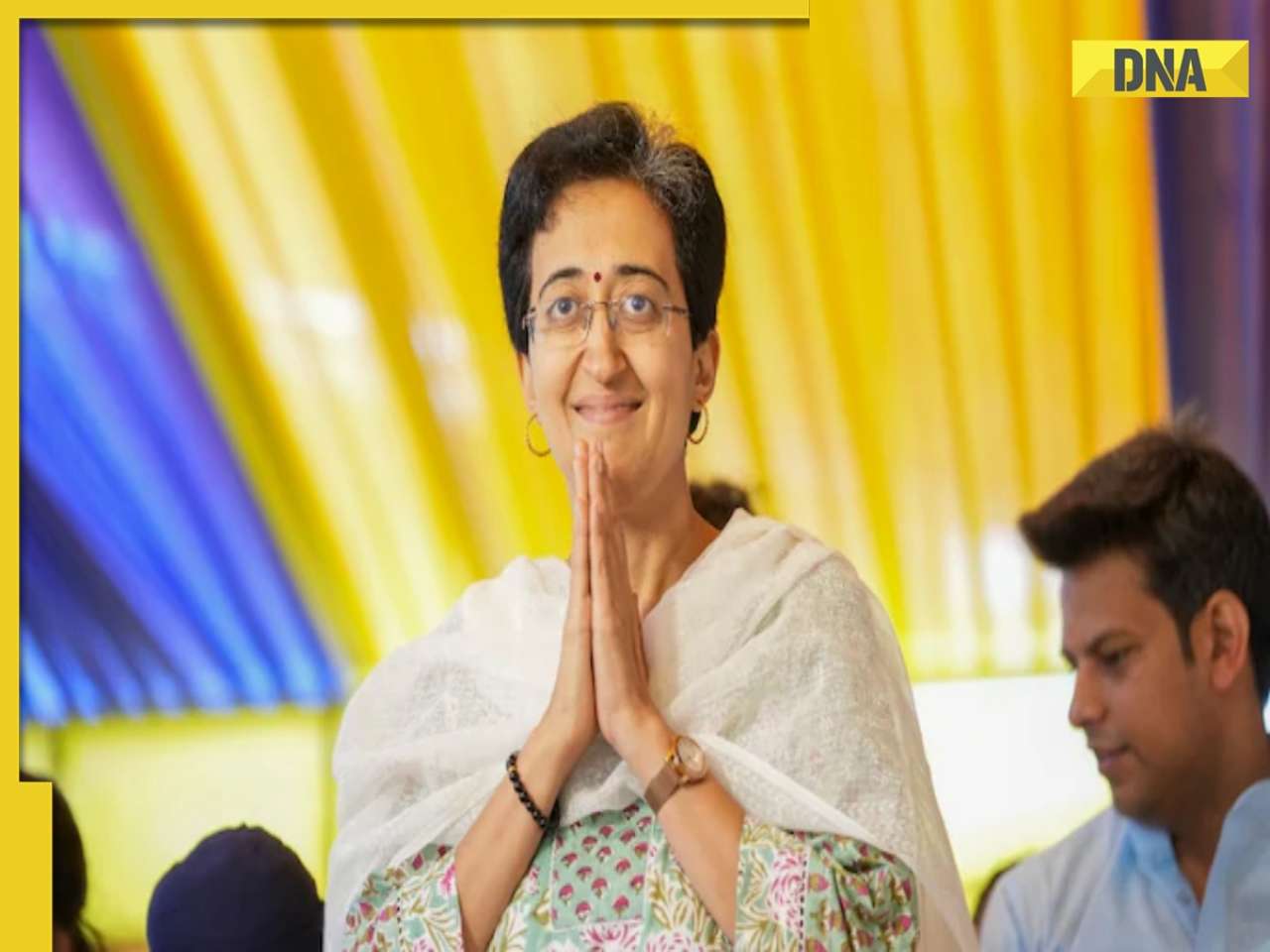

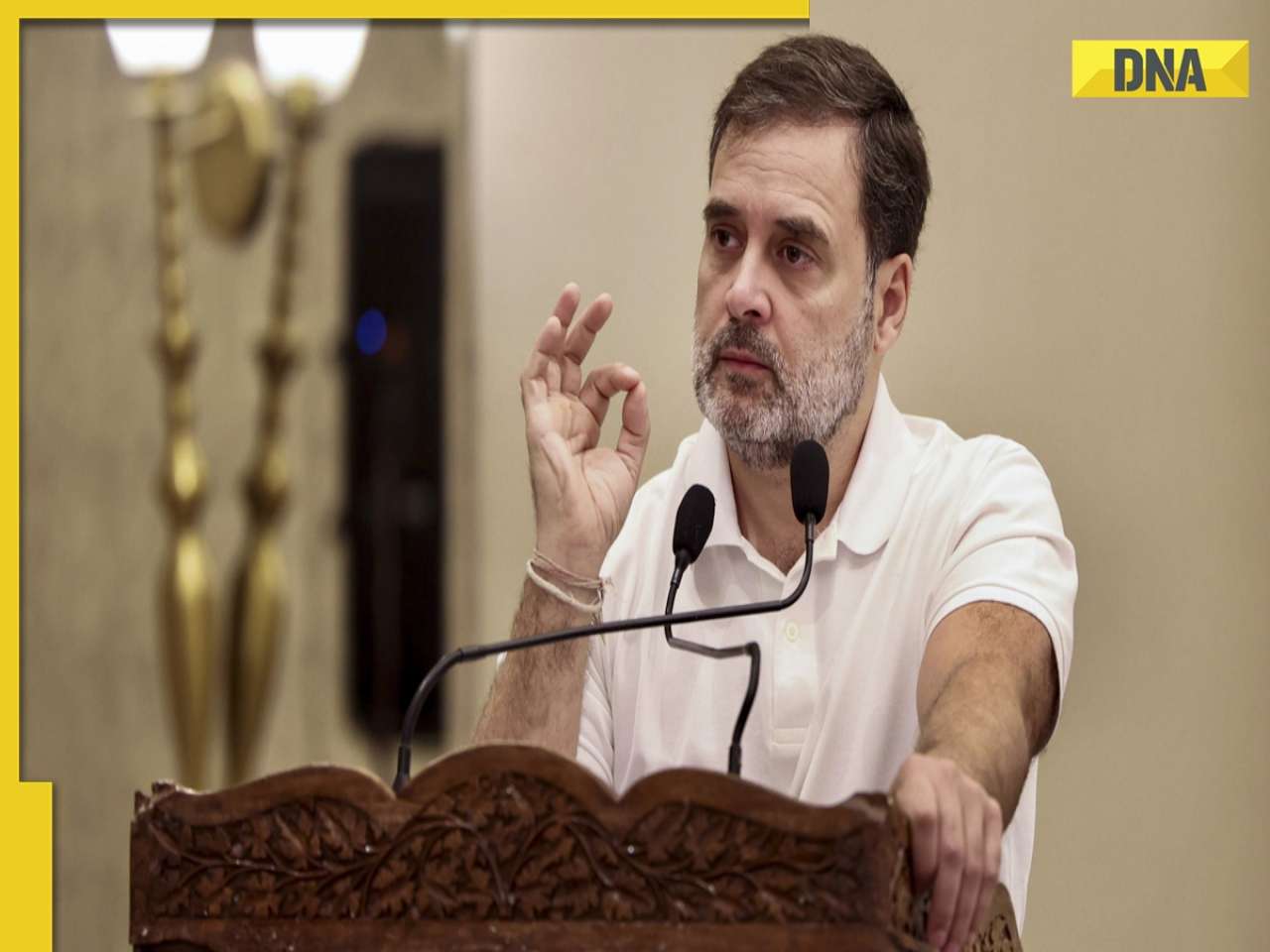

)
)
)
)
)
)
)
)
)
)
)
)
)
)
)





)
)
)
)
)
)